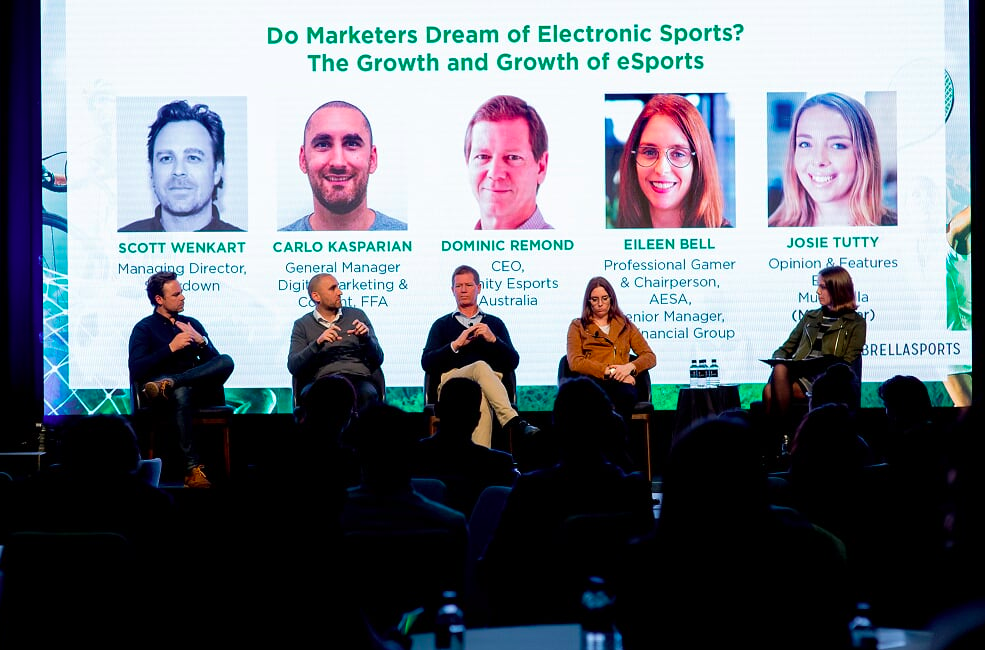Lack of visible role models and cyber bullying contributors to esports’ gender gap
Marketers and esports professionals need to work together to fix esports’ gender diversity issues for the good of the industry, an audience at Mumbrella’s Sports Marketing Summit has heard.
Despite estimates that women make up around 45% of gamers, when it comes to professional esports champions, that number is dramatically lower.

In fact, as Dominic Remond, CEO Gfinity Esports Australia noted, there’s barely any mixed teams in Australian esports competitions: “There’s a lack of visible role models. In our series… we’ve got a mixed team, and it’s the first time there’s been a mixed team play in a level one league or tournament in Australia.


The reliance on the 45% of women are gamers figure brings the rest of the story into disrepute given 45% of women don’t play the games featured in esports at all.
Disagree with you there
GFinity are doing a great job at supporting grass-roots esports stars in Australia, with a genuine attempt to encourage diversity in the League. As teams like the Sydney Saints continue to improve, it should help gender balance the competitors.
Gender shouldn’t matter in E-sports. If you are the best, you belong there. It’s not about what gender you are, your skill is all that matters. To say you need a role model for females to get better is silly. It may inspire some to try more, but you can’t propel a new role model that hasn’t earned the spot. If you want to be exposed to better players, ask around to stay in a team house to play with higher players. It’s what everyone has to do. Then if they say no because of your gender you have a case. But don’t say you can’t do it because no one has yet. What’s stopping you from being the first?